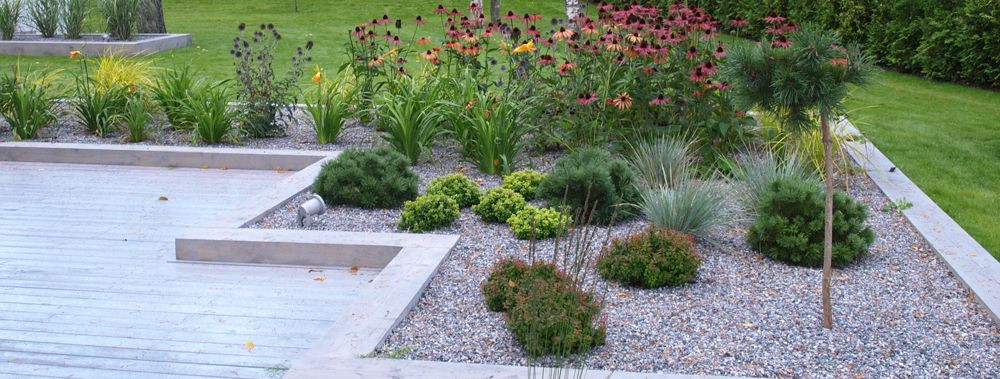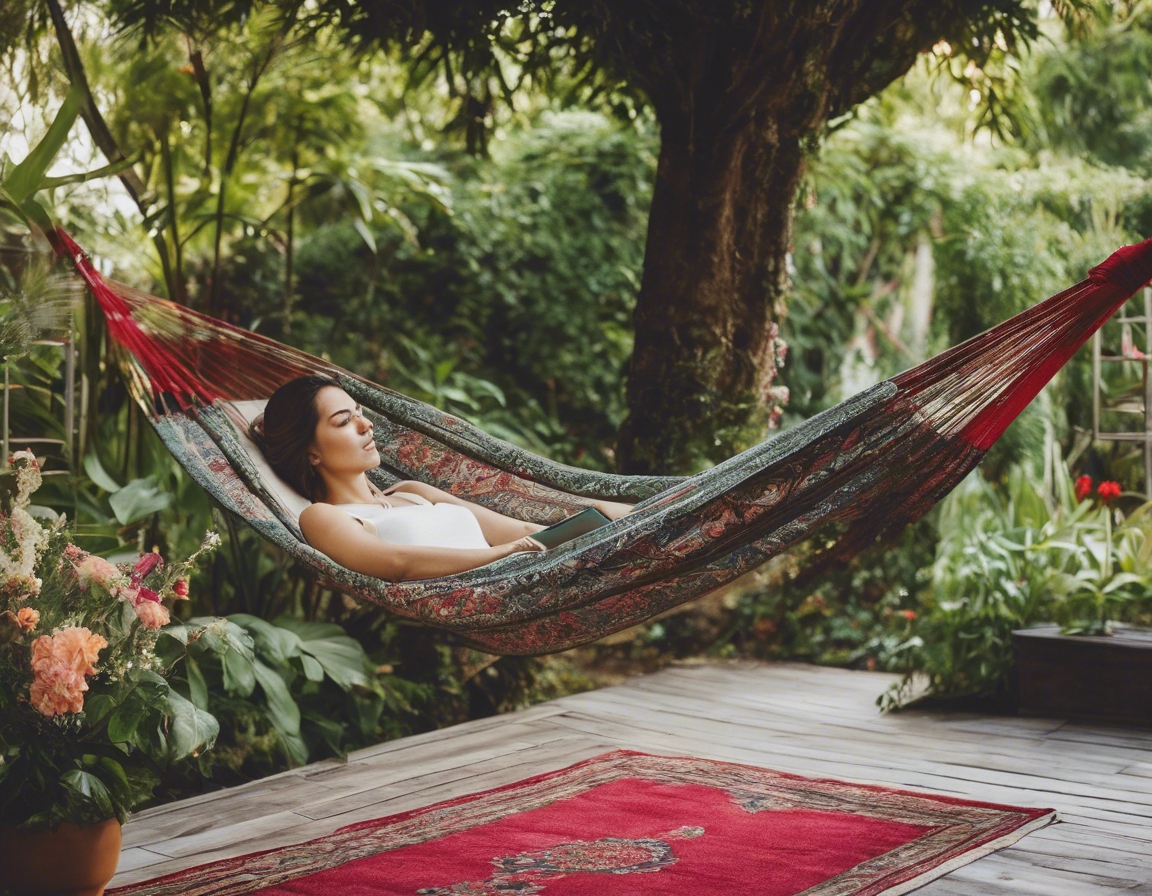5 tips for creating a sustainable garden oasis
Sustainable gardening is a method that focuses on using natural resources responsibly to create a thriving garden ecosystem. It's about making conscious choices that benefit not only the plants and wildlife within the garden but also the environment as a whole.
Sustainability in the garden starts with practices that reduce waste, conserve resources, and maintain the natural local ecology. It's a holistic approach that considers the long-term impact of gardening activities.
A sustainable garden oasis not only provides a beautiful and peaceful retreat but also supports biodiversity, helps to reduce your carbon footprint, and can even improve your physical and mental health.
Tip 1: Start with a Thoughtful Design
Begin by evaluating the natural conditions of your garden area. Consider factors such as sunlight, soil type, and existing vegetation. This will help you create a design that works with your environment rather than against it.
Decide on a garden theme that resonates with your personal aesthetic. Whether it's a wildflower meadow, a formal garden, or a vegetable patch, your design should reflect your vision for a sustainable sanctuary.
Tip 2: Select Native and Drought-Tolerant Plants
Native plants are adapted to your local climate and soil conditions, requiring less water and maintenance. They also provide essential habitat for local wildlife, including pollinators like bees and butterflies.
Drought-tolerant plants are ideal for creating a low-maintenance garden that conserves water. These species are resilient and can thrive in dry conditions.
Tip 3: Implement Organic Gardening Practices
Composting kitchen scraps and yard waste reduces landfill contributions and provides nutrient-rich soil for your garden. Using natural fertilizers ensures that you're not introducing harmful chemicals into the ecosystem.
Instead of relying on pesticides, integrated pest management (IPM) uses natural predators and other biological methods to control garden pests, promoting a balanced and healthy garden environment.
Tip 4: Utilize Water Conservation Techniques
Drip irrigation is a water-efficient method that delivers water directly to the roots of plants, reducing evaporation and runoff. It's an effective way to ensure your plants receive the hydration they need without wasting water.
Collecting rainwater in barrels or through a rain garden allows you to use naturally sourced water for your garden. This practice reduces your reliance on municipal water supplies and helps manage stormwater runoff.
Tip 5: Incorporate Recycled and Sustainable Materials
When constructing garden beds, paths, or structures, opt for materials that are sustainably sourced or recycled. This can include reclaimed wood, recycled plastic, or locally sourced stone.
Get creative with repurposing old items as planters or garden art. This not only adds a unique touch to your garden but also keeps materials out of the waste stream.






Comments (0)